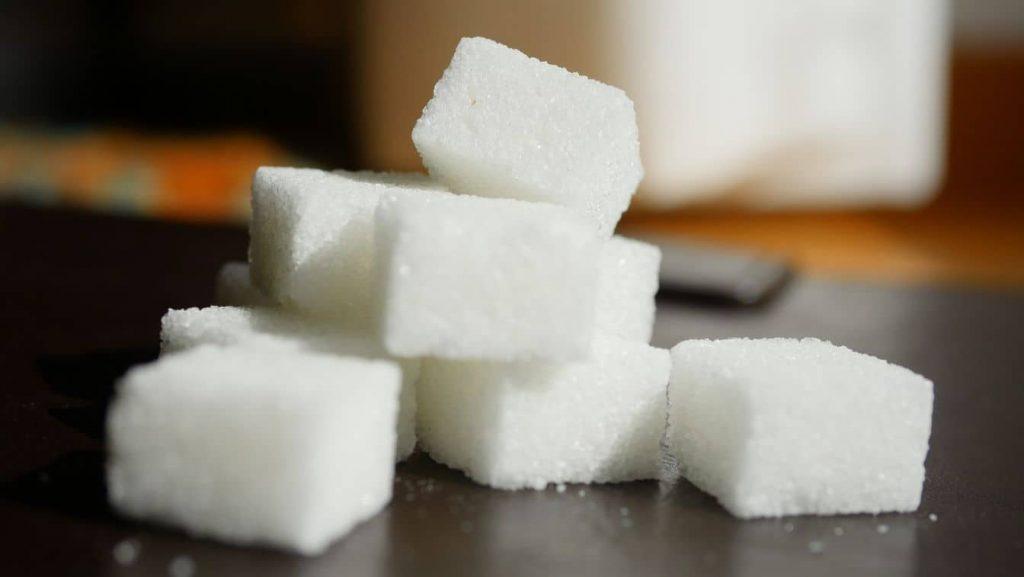October showed advances in the average prices of raw sugar in New York in the short term, albeit with declines in these same comparisons from a medium to long-term perspective. The final average for October at 22.34 cents was 7.28% higher than the average seen in the previous month. However, compared to the same period last year, the scenario was quickly reversed to a decline of 20.92%. Compared to the 5-year average, current prices in October were 0.39% lower.
Last month, SAFRAS & Mercado had estimated an average price for October of 22.50 cents, which was 0.70% higher than the effective average prices for the period. Now for November, SAFRAS & Mercado expects lower prices at the level of 20.00 cents. If confirmed, these prices should account for a 30% decline for the year, a 10% decline in the margin (compared to October) and a 7% decline from the 5-year average for the same period. Both annual and 5-year averages were adjusted by inflation (US CPI) and brought to present values.
SAFRAS & Mercado projects a decline in average prices in November compared to October due to the development of several short-term climate factors that have medium- and long-term effects. The first is the arrival of rain on cane fields in the Center-South of Brazil. First of all, it is important to understand that this rain began in the second week of October, almost 30 days before the official start of the rainy season in the region, which runs from November to March. The early rain in October quickly neutralized the fires.
This factor alone led to a strong level of neutralization of the main factor (the fires) that raised sugar prices in New York from 18.50 to 23.00 cents between August and September. Furthermore, SAFRAS & Mercado has monitored the first weeks of rain in these producing regions and realized that it has already reached levels enough to improve the quality of cane fields.
These cane fields have shown such intense levels of improvement in the short term that, in addition to the change in appearance and color (from straw yellow to green), several mills are considering canceling the early end of the crop, which until now was expected to occur in 30 to 60 days depending on mill. At this point, SAFRAS & Mercado warns about the second bearish factor as a direct result of the early rain.
On the Asian side, we also have an extension of the monsoon rains in October, besides the strong increase in rainfall seen in September. These were so high that they boosted the average for the 2024 season against the 50-year average from +8% to +21%. For October, SAFRAS & Mercado projects that these accumulated rains will be 29% higher than this 50-year average. The result should be cane plantations widely developed in terms of quality and quantity.
Finally, SAFRAS & Mercado notes that the Indian government has strongly encouraged the increase in the production of ethanol based on grain (corn, wheat, sorghum, and so on). The result is that cane will be more available for sugar production, while ethanol supply will continue to grow. As a result, raw sugar prices in New York will continue to be under downward pressure due to this factor as well.

